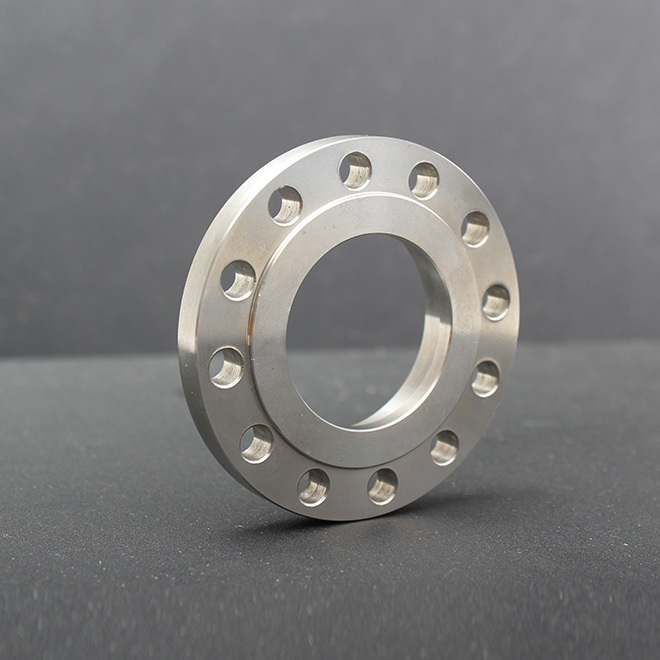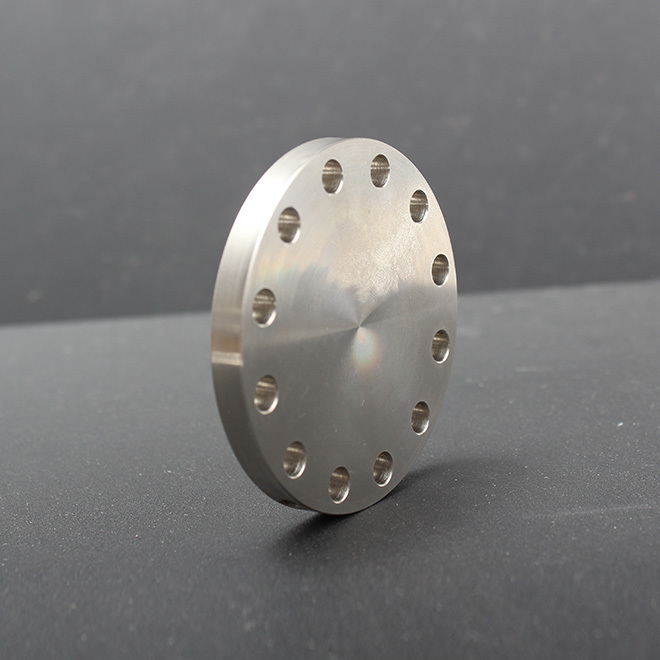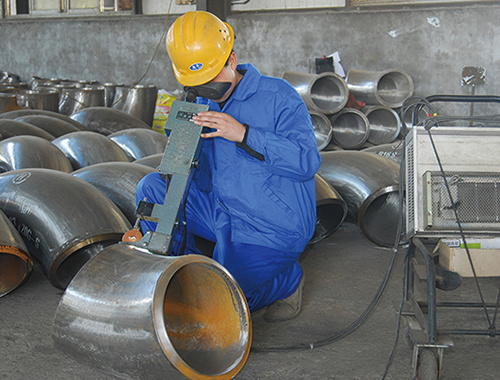Understanding Bend Pipes: Essential Insights for Construction and Decoration Projects
2025-03-24
Bend pipes are curved segments of piping that allow for changes in direction within a piping system. They are commonly used in construction and decoration projects, where flexibility and adaptability are required. Understanding the different types of bend pipes and their applications is vital for ensuring the efficiency and effectiveness of any plumbing or heating system.
One of the primary functi
Bend pipes are curved segments of piping that allow for changes in direction within a piping system. They are commonly used in construction and decoration projects, where flexibility and adaptability are required. Understanding the different types of bend pipes and their applications is vital for ensuring the efficiency and effectiveness of any plumbing or heating system.
One of the primary functions of bend pipes is to facilitate the smooth flow of liquids or gases through a system while maintaining pressure and reducing turbulence. In various applications, such as water supply, drainage, and HVAC systems, the use of bend pipes can significantly enhance performance. They allow for seamless transitions between straight sections of pipe, which is particularly important in tight spaces or complex layouts.
When selecting bend pipes, it is essential to consider the material they are made from. Common materials include PVC, stainless steel, and copper. Each material offers different benefits, such as corrosion resistance, durability, and flexibility. The choice of material often depends on the specific requirements of the project and the environment in which the pipes will be installed.
Another critical aspect of bend pipes is their dimensions and angles. Bend pipes come in various angles, typically ranging from 15 degrees to 90 degrees, and choosing the appropriate angle is crucial for optimizing flow rates and minimizing pressure drops. Additionally, the diameter of the bend pipe must match the rest of the piping system to ensure proper fit and functionality.
Proper installation of bend pipes is essential to avoid leaks and ensure a long-lasting performance. It is crucial to follow industry best practices during installation, including using appropriate sealing materials and techniques. Regular inspection and maintenance of bend pipes can also help identify potential issues before they lead to significant problems, contributing to the longevity of the entire piping system.
In conclusion, bend pipes are an integral component of many construction and decoration projects, enabling efficient and effective fluid transport. By understanding their importance, material options, angles, and proper installation techniques, professionals in the construction industry can ensure that their piping systems operate smoothly and effectively. Whether you are designing a new system or upgrading an existing one, considering the role of bend pipes can greatly enhance the overall performance of your project.
One of the primary functions of bend pipes is to facilitate the smooth flow of liquids or gases through a system while maintaining pressure and reducing turbulence. In various applications, such as water supply, drainage, and HVAC systems, the use of bend pipes can significantly enhance performance. They allow for seamless transitions between straight sections of pipe, which is particularly important in tight spaces or complex layouts.
When selecting bend pipes, it is essential to consider the material they are made from. Common materials include PVC, stainless steel, and copper. Each material offers different benefits, such as corrosion resistance, durability, and flexibility. The choice of material often depends on the specific requirements of the project and the environment in which the pipes will be installed.
Another critical aspect of bend pipes is their dimensions and angles. Bend pipes come in various angles, typically ranging from 15 degrees to 90 degrees, and choosing the appropriate angle is crucial for optimizing flow rates and minimizing pressure drops. Additionally, the diameter of the bend pipe must match the rest of the piping system to ensure proper fit and functionality.
Proper installation of bend pipes is essential to avoid leaks and ensure a long-lasting performance. It is crucial to follow industry best practices during installation, including using appropriate sealing materials and techniques. Regular inspection and maintenance of bend pipes can also help identify potential issues before they lead to significant problems, contributing to the longevity of the entire piping system.
In conclusion, bend pipes are an integral component of many construction and decoration projects, enabling efficient and effective fluid transport. By understanding their importance, material options, angles, and proper installation techniques, professionals in the construction industry can ensure that their piping systems operate smoothly and effectively. Whether you are designing a new system or upgrading an existing one, considering the role of bend pipes can greatly enhance the overall performance of your project.
bend pipe
RELATED NEWS
Understanding JIS 5K Flanges: A Key Component in Construction and Decoration
In the construction and decoration materials industry, particularly in piping systems, the JIS 5K flange stands out as a crucial component. These flanges are manufactured according to the Japanese Industrial Standard (JIS), ensuring quality and reliability in various applications. Understanding the specifications and benefits of JIS 5K flanges is essential for professionals in this field.
JIS 5K f
2025-04-05
Essential Features of Carbon Steel Blind Flanges You Should Know
Essential Features of Carbon Steel Blind Flanges You Should Know
Table of Contents
1. Introduction to Carbon Steel Blind Flanges
2. What Are Blind Flanges?
3. Benefits of Carbon Steel Blind Flanges
4. Key Features of Carbon Steel Blind Flanges
5. Applications of Carbon Steel Blind Flanges
6. Proper Installation and Maintenance
7. Choosing the Right Blind Flange for You
2025-04-02
Understanding Butt Welding Pipe Fittings: A Comprehensive Guide
Butt welding pipe fittings are crucial components in piping systems, widely used in various industries, including construction and decorative materials. These fittings are designed to connect two pipes by welding their ends together, creating a strong and reliable joint. This method is particularly favored for its ability to maintain the integrity and flow characteristics of the pipeline, making i
2025-03-30





